01 May Celiac Awareness Month
May is Celiac Awareness Month! Celiac disease is a topic that is near and dear to my heart as it is a disease that I have been diagnosed with and live with every day. I was diagnosed at 19 years old and it was one of the driving factors that made me passionate about becoming a naturopathic doctor! Since my diagnosis, I have learned a lot about celiac disease, through my own experiences and through my education, and one of my goals as a naturopathic doctor is to help others who are living with celiac disease too. In this blog post, I will share information about celiac disease, how it can be treated, why you should consider working with a naturopathic doctor, and a few simple gluten free baking hacks!
What is Celiac Disease?
Celiac disease is an inherited autoimmune condition that causes damage to the small intestine, leading to difficulties with digestion and malabsorption of nutrients. When you have celiac, your immune system reacts to the gluten protein (found in wheat, rye, and barley) by attacking the tissue of the small intestine. This is compared to a wheat or gluten allergy, when the immune system attacks the wheat or gluten itself, as opposed to the small intestine cells. It is also possible to have non-celiac gluten sensitivity. This is not a well-defined concept but it can cause similar symptoms to celiac or a wheat allergy but without a positive celiac test result.
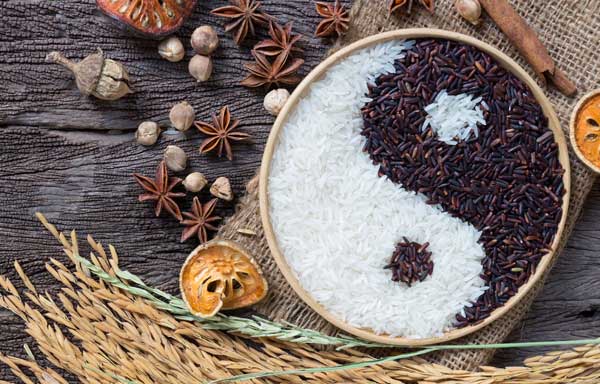
Myth #1: If you test negative for celiac disease, gluten isn’t the cause of your symptoms and you can continue eating it.
Non-celiac gluten sensitivity should be strongly considered if celiac symptoms are present but the diagnostic tests for celiac are negative. It is recommended to do a trial period of eating gluten free to see if your symptoms improve.
Diagnosis of Celiac Disease
The classic symptoms of celiac disease are abdominal pain, chronic diarrhea, weight loss, dermatitis herpetiformis, and irritability. However, the symptoms are numerous! Check out the infographic below to see many of the possible symptoms of celiac disease. I would like to specifically point out that infertility is a possible symptom of celiac disease and this is sometimes overlooked. If you’re suffering from unexplained infertility, it is worth ruling out celiac disease.
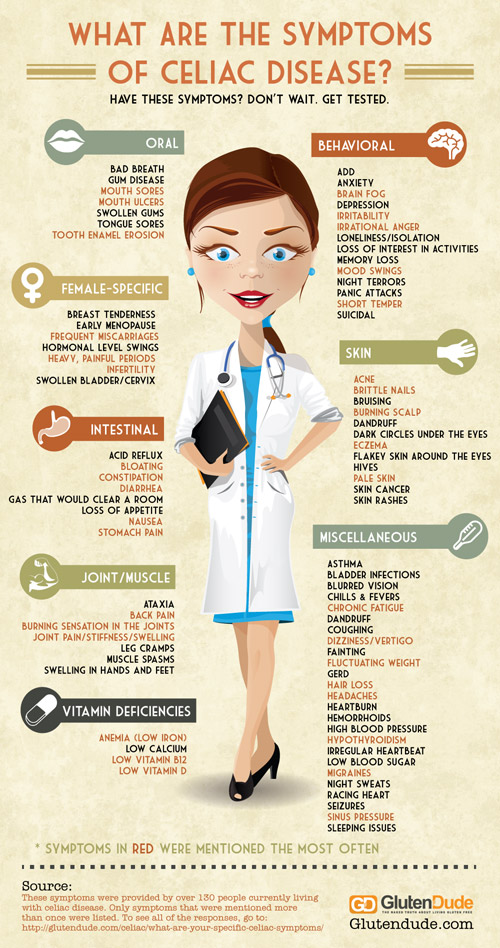
Celiac Disease Symptoms – Courtesy of Gluten Dude
Myth #2: If you don’t have the typical digestive symptoms, you don’t have celiac disease.
As we learn more about celiac disease, we are seeing more and more people diagnosed without the typical digestive symptoms. In this situation, it is still very important to get proper diagnosis and treatment as there can still be significant damage to the digestive tract.
Testing for Celiac Disease
The two most common diagnostic tests for celiac disease are:
- Blood test for IgA tissue transglutaminase antibody (IgA-TTG) and endomysium antibody (IgA-EMA)
- Small intestine biopsy via an upper GI endoscopy. The small intestine biopsy is the gold standard test.
Myth #3: A positive blood test is diagnostic of celiac disease.
This is incorrect because the small intestine biopsy is the gold standard diagnostic test. A diagnosis must be confirmed with a small intestine biopsy or, if the patient has dermatitis herpetiformis, a skin biopsy can be done instead.
Myth #4: Patients should see if symptoms improve with a trial gluten free diet instead of testing for celiac disease.
The diagnostic tests for celiac disease must be performed while you are eating a gluten-containing diet! Starting a gluten free diet before you undergo the proper testing will lead to inaccurate results.
Treatment = Gluten Free Diet
The only available treatment for celiac disease is a gluten free diet. This diet must be life long and needs to be 100% gluten free, without cheat days and ensuring cross-contamination is also avoided. It is strongly recommended that you work with a dietician who is knowledgeable about celiac disease to ensure you are properly following a gluten free diet and still getting all of the essential nutrients.
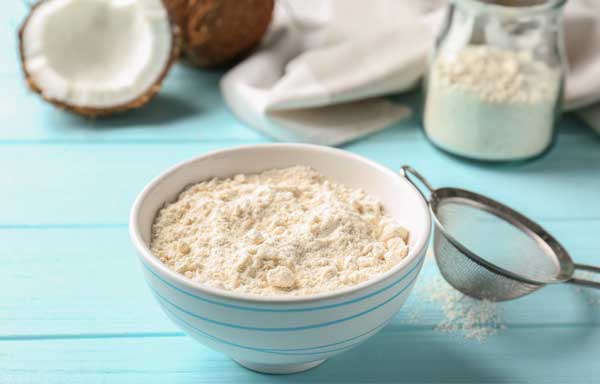
Myth #5: it you don’t experience symptoms after exposure to gluten, it is fine to eat small amounts.
Unfortunately, damage to the intestinal lining may occur even if you don’t experience obvious symptoms from gluten exposure.
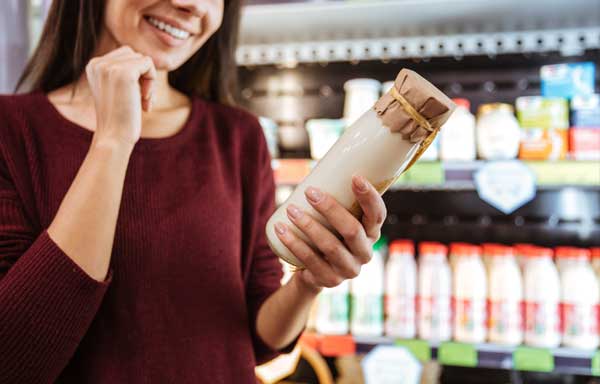
Food Labeling in Canada
Food labeling regulations differ depending on where you live. In Canada, all packaged food products are required to list the ten top allergens, including gluten. A product is considered gluten free if product testing shows that it contains less than 20ppm of gluten. To determine whether a product is gluten free, you need to become confident at reading labels! First, check the warning section for a Contains or May Contain statement. The next step is to read the ingredients list thoroughly. In the warning section, look for wheat, rye, barley, oats, or gluten. If these statements don’t exist, check the ingredients list for these same grains. For a thorough list of foods to avoid, check out this Canadian Celiac Association list.
Myth #6: Oats are gluten free and safe for consumption by people with celiac disease.
Unfortunately, due to the processing and farming of oats, they are highly contaminated with gluten. However, the actual oat grain is gluten free so it is safe to consume oats from a company that has 100% pure uncontaminated oats and lists them as gluten free. Check out Only Oats and Bob’s Red Mill Gluten Free Oats.


Gluten Cross Contamination
Cross-contamination occurs when a gluten free product comes into contact with a gluten containing product or cooking utensil. This can be the most challenging aspect of a gluten free diet, especially when it comes to eating outside of your home. The first step to starting a gluten-free diet should be to eliminate cross-contamination from your own kitchen. If there are people in your household who eat gluten, make sure you take precautions to avoid contaminating your gluten free food.
Avoiding cross contamination in your kitchen
- Use separate cutting boards and cooking utensils. Wooden utensils are porous and can retain gluten particles after cleaning.
- Have a separate toaster for gluten free products.
- Wash counter space and your hands thoroughly between preparing gluten-containing foods and gluten free foods. To avoid this risk, it is best to prepare gluten free foods first.
- Avoid double dipping. It is best to have separate butter and other condiments that require dipping and spreading to avoid this risk. This is true for baking products too – if you measure out your flour and then measure out your sugar with the same cup, your sugar is now contaminated!
- Thoroughly scrub pots and pans between uses if using them for both gluten containing and gluten free food items. You can also offer added protection by baking with paper liners and parchment paper.
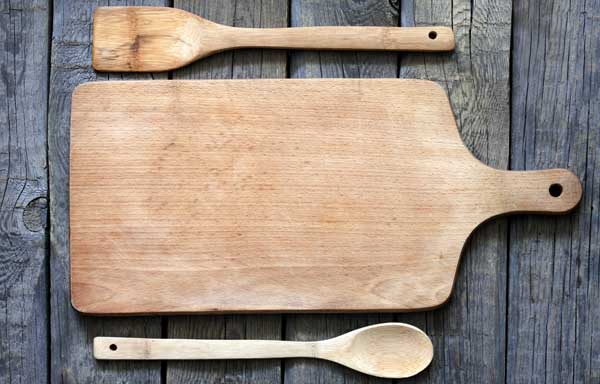
Avoiding cross-contamination outside your home
- Always thoroughly research restaurants before eating out. Gluten free diets have become common and although this is beneficial for increasing gluten free options, it has also made it harder to determine whether places are actually aware of cross-contamination. Ensure that they understand how to prepare gluten free foods separately.
- This applies to eating out at the homes of friends and families too. People have the best intentions but might not understand the severity of your condition. Do your best to explain the risks of cross contamination or offer to bring your own food!
- Avoid bulk bins and deli counters due to the risk of using the same utensils. Buffets are generally best to be avoided for this reason as well.
- Beware of deep fryers. Although french fries and other fried foods might be gluten free, they will become cross-contaminated if cooked in the same deep fryer as gluten containing foods.
Myth #7: All products labeled gluten free are safe for celiac consumption. ‘
Unfortunately, this is not the case. For example, often bakeries offer gluten free options that aren’t safe for celiacs. If the gluten free options are displayed right next to gluten-containing products and not wrapped separately, they shouldn’t be trusted. To be safe, look for gluten free products that are certified gluten free by the Canadian Celiac Association.
Gluten Free Baking Hacks
- Don’t be afraid! It might take some experimentation but gluten free cooking and baking can taste just as delicious as gluten containing options.
- Moisture is key. Gluten free baked goods are at risk of becoming drier and more crumbly. The best recipes to try are ones with added moisture – try baking with zucchini, carrot, pumpkin, or nut butter.
- Combination flours are best. There are now many all purpose gluten free flours available that are a combination of a variety of flours and starches. The best all purpose flours can often be substituted 1:1 in gluten containing recipes without changing the texture of the food.
- Get creative! Don’t just sub gluten free products for gluten containing products. Try lettuce wraps, zucchini noodles, spaghetti squash, or cauliflower pizza dough. This is your chance to experiment with new recipes and flavours.
- Find awesome gluten free bakeries so you don’t always feel the need to bake yourself! Some of my favourites are in the Toronto area are: Almond Butterfly, Bunner’s Bakeshop, Goodbye Gluten, Sorelle and Co, and The Pasta Shoppe (Muskoka but delivers to Toronto). More and more are opening all the time!
Naturopathic Doctors and Celiac Disease
Naturopathic doctors are trained in treating the root cause of disease and individualizing the treatment to suit your specific needs. The first step after a diagnosis of celiac disease is to start eating a gluten free diet but for many people, that won’t be enough to get rid of their symptoms completely. This is especially true because there are many nutritional deficiencies and co-morbidities associated with celiac disease.
Celiac disease is associated with an increased risk of other autoimmune diseases, such as rheumatoid arthritis, psoriasis, type 1 diabetes, and thyroid disorders. A naturopathic doctor can help support your immune system and address these co-morbidities through other diet and lifestyle changes, herbal supplements, and a variety of other possible treatments.
Nutritional deficiencies are common with celiac disease. They often correct themselves once you start eating gluten free but it can take a long time for your gut to heal completely. Increasing certain nutrients through diet and supplements can be necessary to improve symptoms at a faster pace. Iron, vitamin B12, zinc, and calcium are common nutritional deficiencies associated with celiac disease.
Naturopathic doctors can also assist your body’s natural healing process through additional gut healing support. This might be through diet and lifestyle recommendations, such as avoiding other food sensitivities, raw foods, and hard to digest fibers, or it might be through additional supplementation, such as glutamine powder, bone broth, probiotics, and supportive herbal therapies. We can also improve your digestion with digestive enzymes and bitter herbs.

